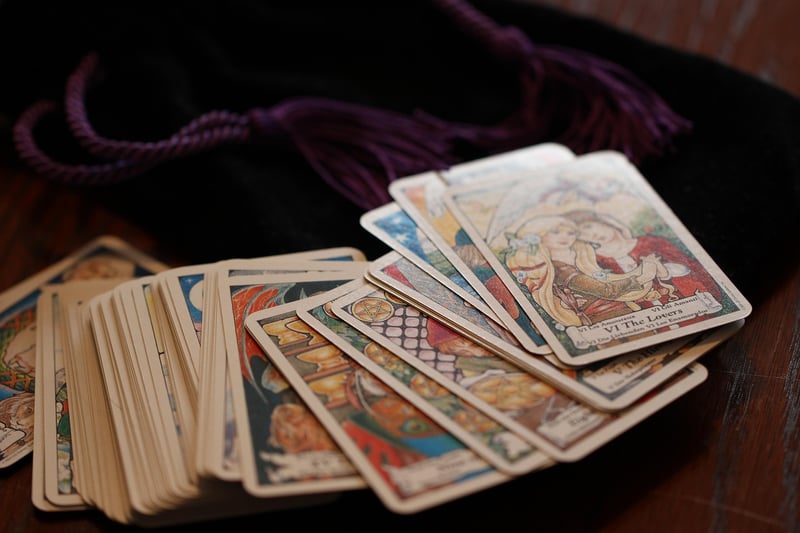Occult Botany
The Mysterious World of Occult Botany
Plants have long held a mystical significance in various cultures and belief systems. From ancient rituals to modern practices, the study of occult botany delves into the hidden properties and energies of plants. Let's uncover some of the secrets of these mystical plants.
The Sacred Lotus
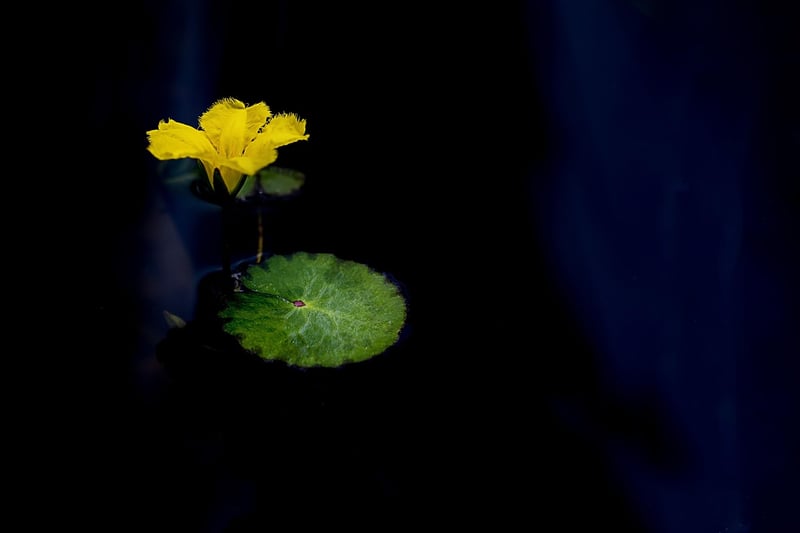
The lotus flower is a symbol of purity and enlightenment in many spiritual traditions. Its roots in muddy waters represent the journey to enlightenment, where one transcends the material world. The lotus is often used in meditation practices to evoke spiritual growth and connection.
Mandrake Root
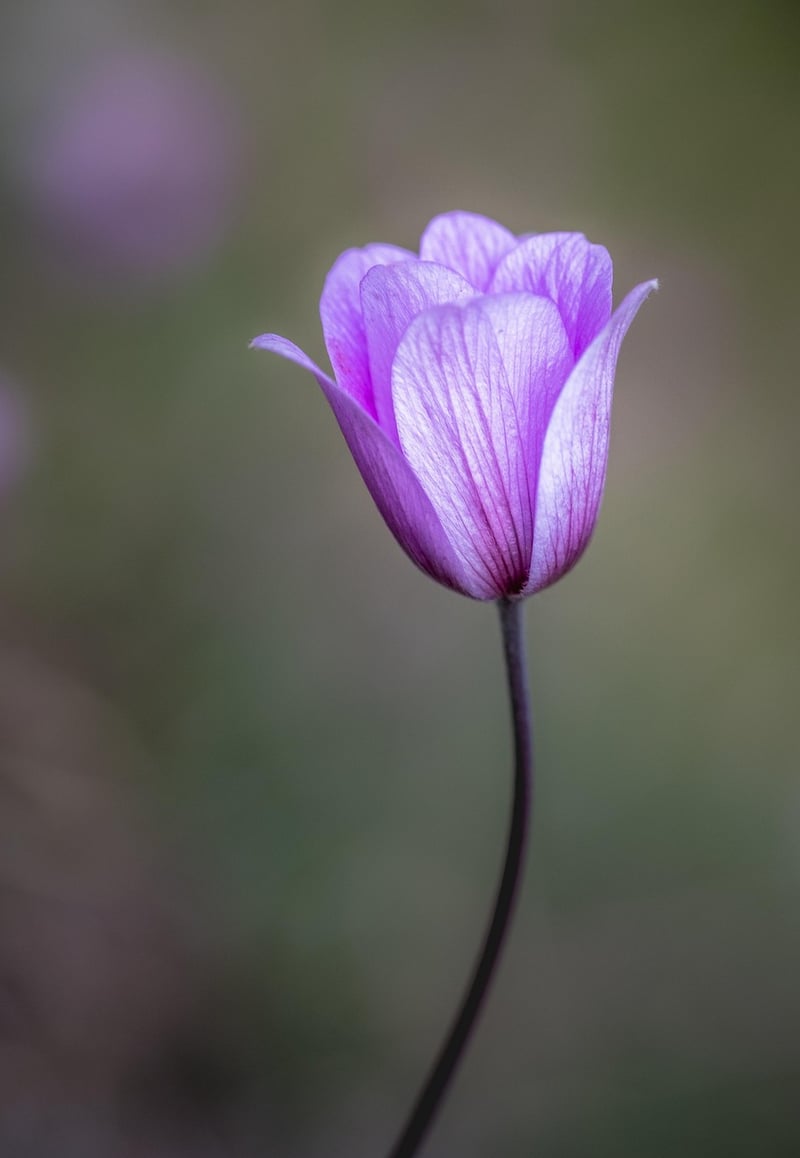
Mandrake root is steeped in folklore and magic. It was believed to have mystical properties and was used in potions and rituals for its supposed ability to enhance psychic abilities and induce visions. The mandrake root is a staple in the practice of herbal alchemy.
Wolfsbane
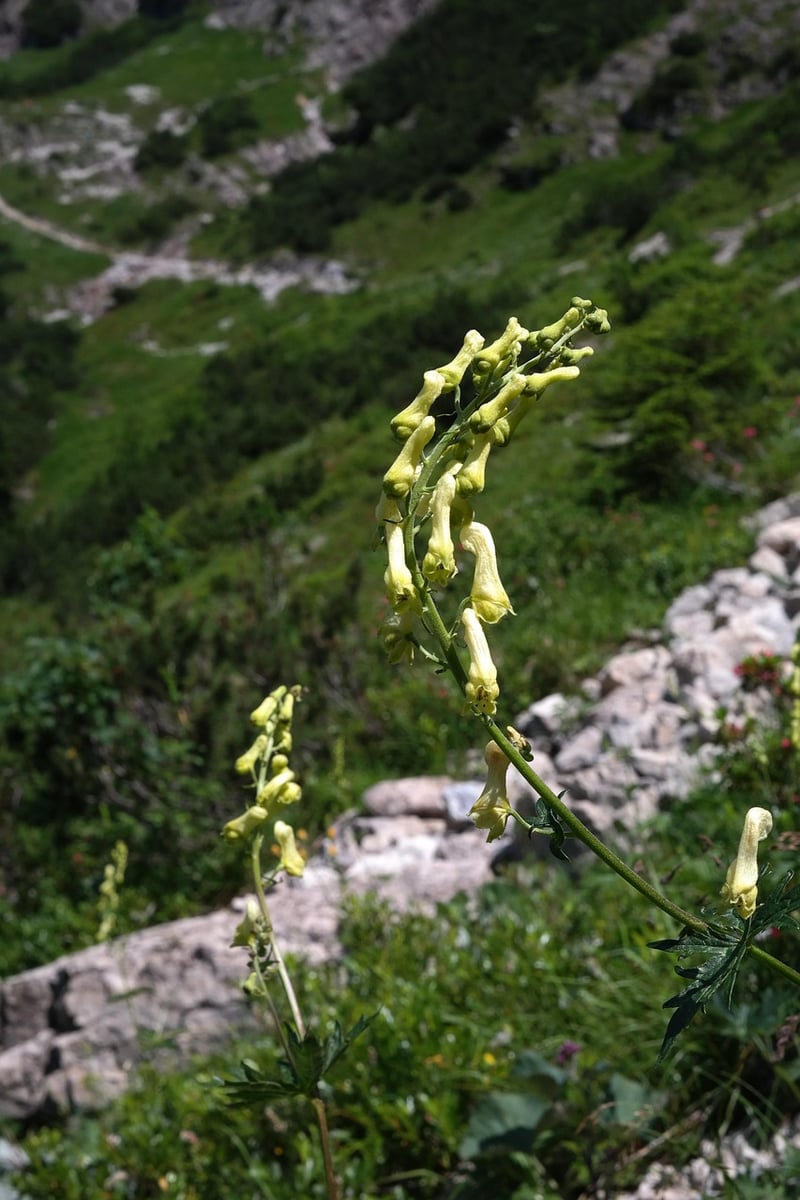
Wolfsbane, also known as aconite or monkshood, has a dark reputation in folklore as a plant associated with werewolves and witches. In occult practices, it is believed to have protective qualities and the ability to ward off evil spirits. However, caution is advised as it is also highly toxic.
Nightshade
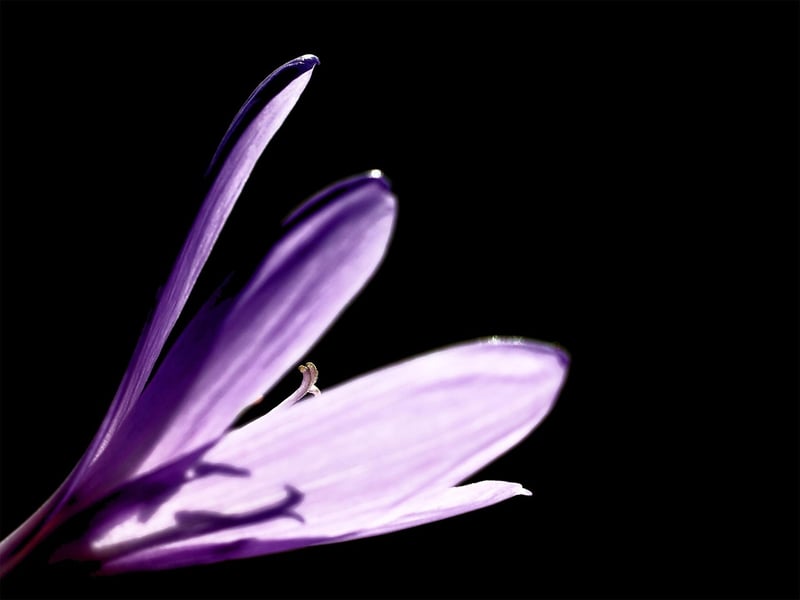
Nightshade plants like belladonna have a long history of use in magical and occult rituals. While they are toxic and dangerous if ingested, nightshades were believed to have the power to induce visions, astral projection, and enhance psychic abilities when used in small doses under careful supervision.
Exploring the world of occult botany reveals the deep connections between plants and spiritual practices. While these plants hold mystical allure, it is essential to approach them with respect and caution, acknowledging their power and potential risks.
Embrace the mysteries of occult botany and let the energies of these mystical plants guide you on your spiritual journey.
